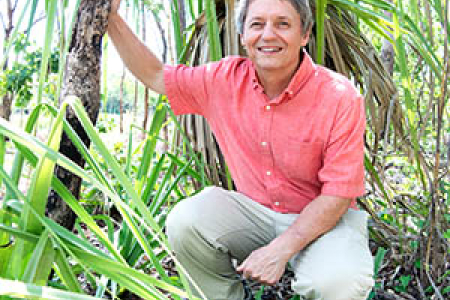Microbes aid toad-al invasion
New research at Charles Darwin University has revealed the secretive bacteria helping cane toads survive Australia’s harsh environment.
A research team has sampled bacteria living on the skin of about 100 toads in Queensland, the Northern Territory and Western Australia, over a distance of 2500km.
Evolutionary biologist Professor Keith Christian said cane toads had some control over their skin microbes by controlling their skin chemistry.
“The microbes apparently act like an external extension of the immune system, by protecting cane toads from skin diseases,” Professor Christian said.
“Our research shows there are differences in the community of microbes (called a microbiome) found on cane toads over a long distance, but there is a core group of bacteria that is present on all of the toads.
“The differences are, in part, related to different microbes living in the soil in different regions, but we also suspect that some of the bacteria closely associated with the toads have evolved as the toads have invaded new environments.”
Monday, 12 February 2018 marks the 209th anniversary of the birthday of acclaimed English biologist Charles Darwin, best known for his contributions to the science of evolution.
Professor Christian said modern genetic technology allowed the team to detect slight changes within a type of bacteria.
He said the cane toad research focused on gathering baseline information in the relatively new field of microbiome health and resilience, and hoped it could help inform native frog conservation in areas where, for example, a toxic fungus was killing frogs.
The project began after Professor Christian and his colleagues Professor Karen Gibb and Dr Mirjam Kaestli analysed bacteria on the skins of five native frog species and cane toads, and found each species had a unique community of bacteria living on its skin.
Professor Christian has researched the physiological and behavioural adaptations of various amphibians, reptiles, insects and micro-organisms in the NT since 1985.
